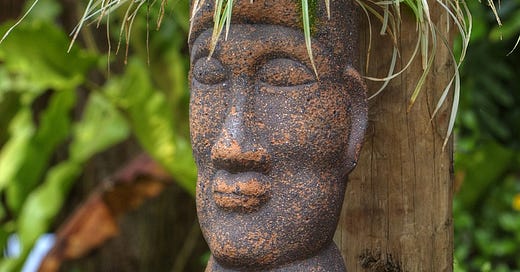The islands decolonisation forgot
Two books underscore truths on display at Commonwealth summit and US election
Welcome to This Week, Those Books, your rundown on books new and old that resonate with the week’s big news story.
Please consider supporting this news literacy effort by investing in a paid membership so that we can keep it freely accessible to our community of more than 10,000 subscribers in 114 countries.
If, for whatever reason, it’s not possible for you to upgrade to paid, email thisweekthosebooks@substack.com and we’ll give you full access, no questions asked.
🎧 Would you rather listen? The podcast, a human (not AI) read-along, drops at the weekend.
– Rashmee
Keep reading with a 7-day free trial
Subscribe to This Week, Those Books to keep reading this post and get 7 days of free access to the full post archives.





